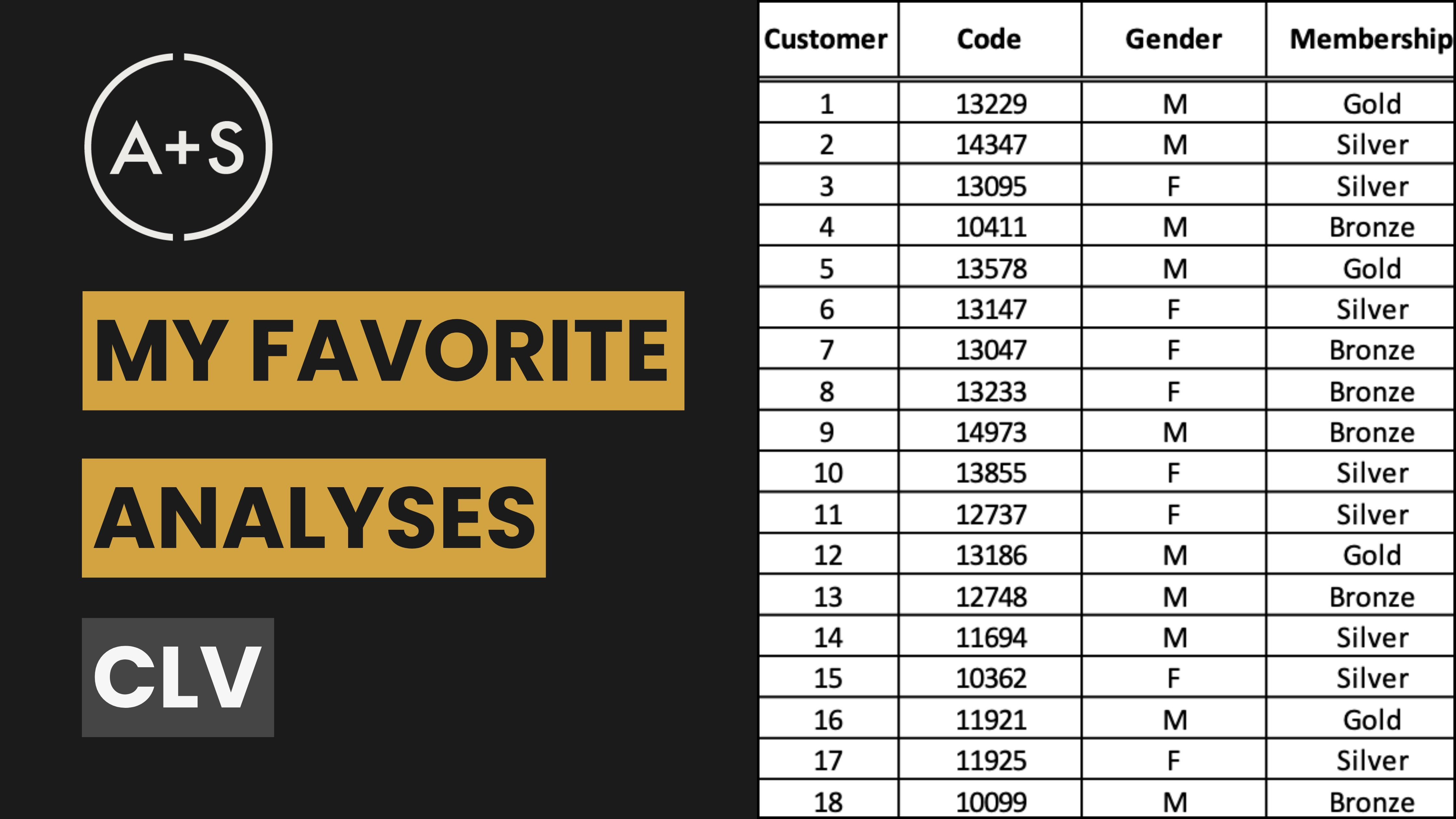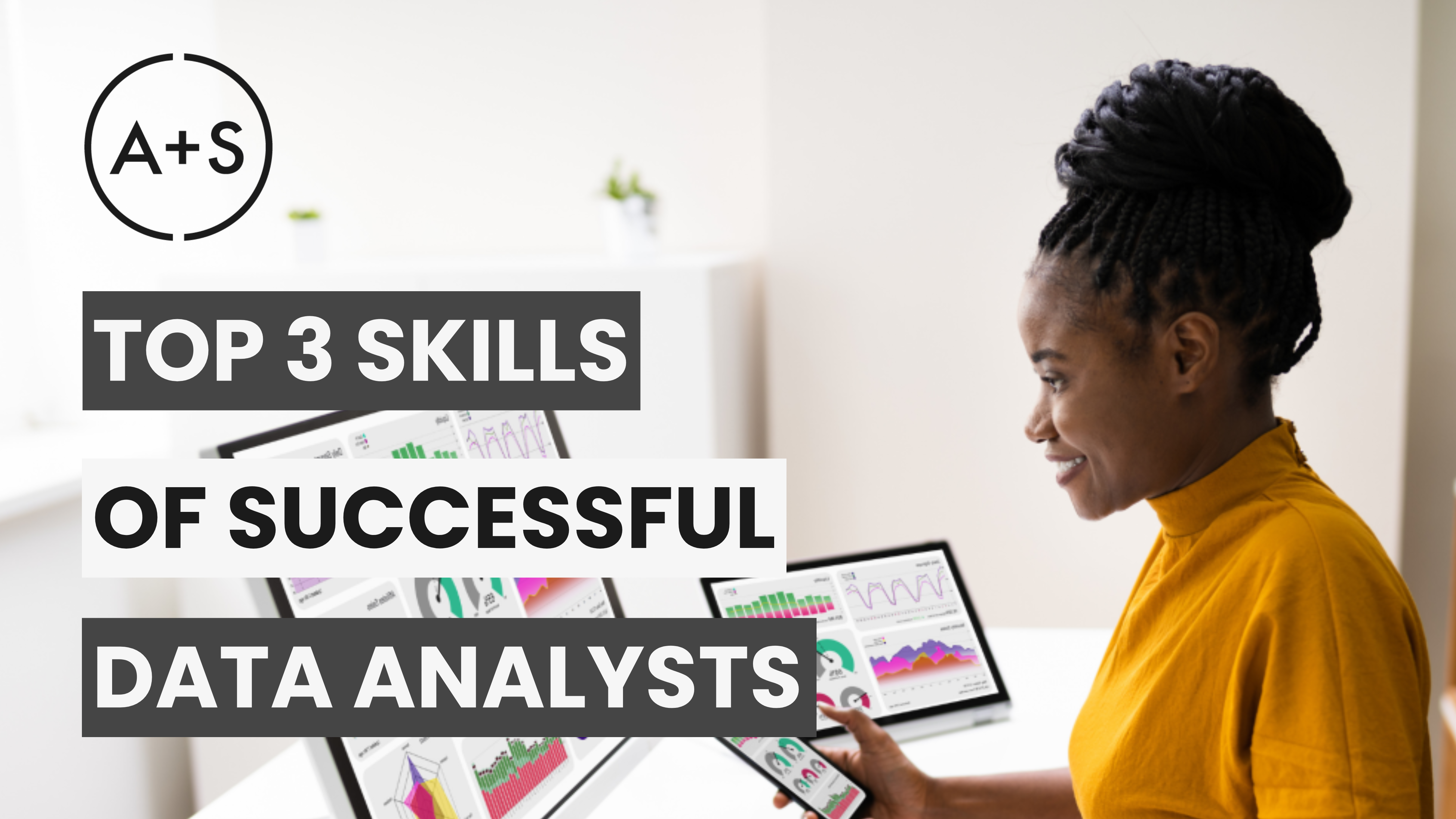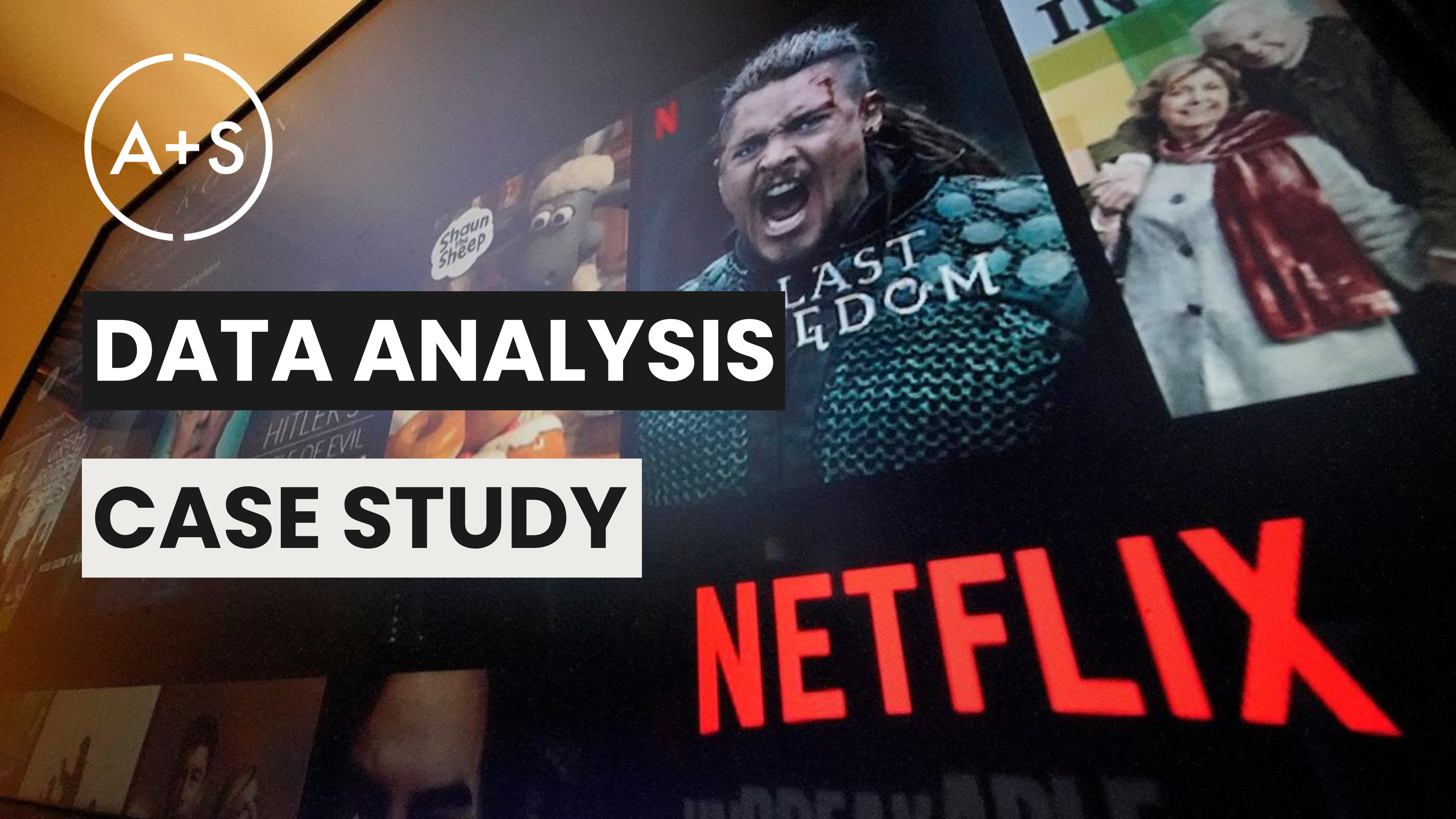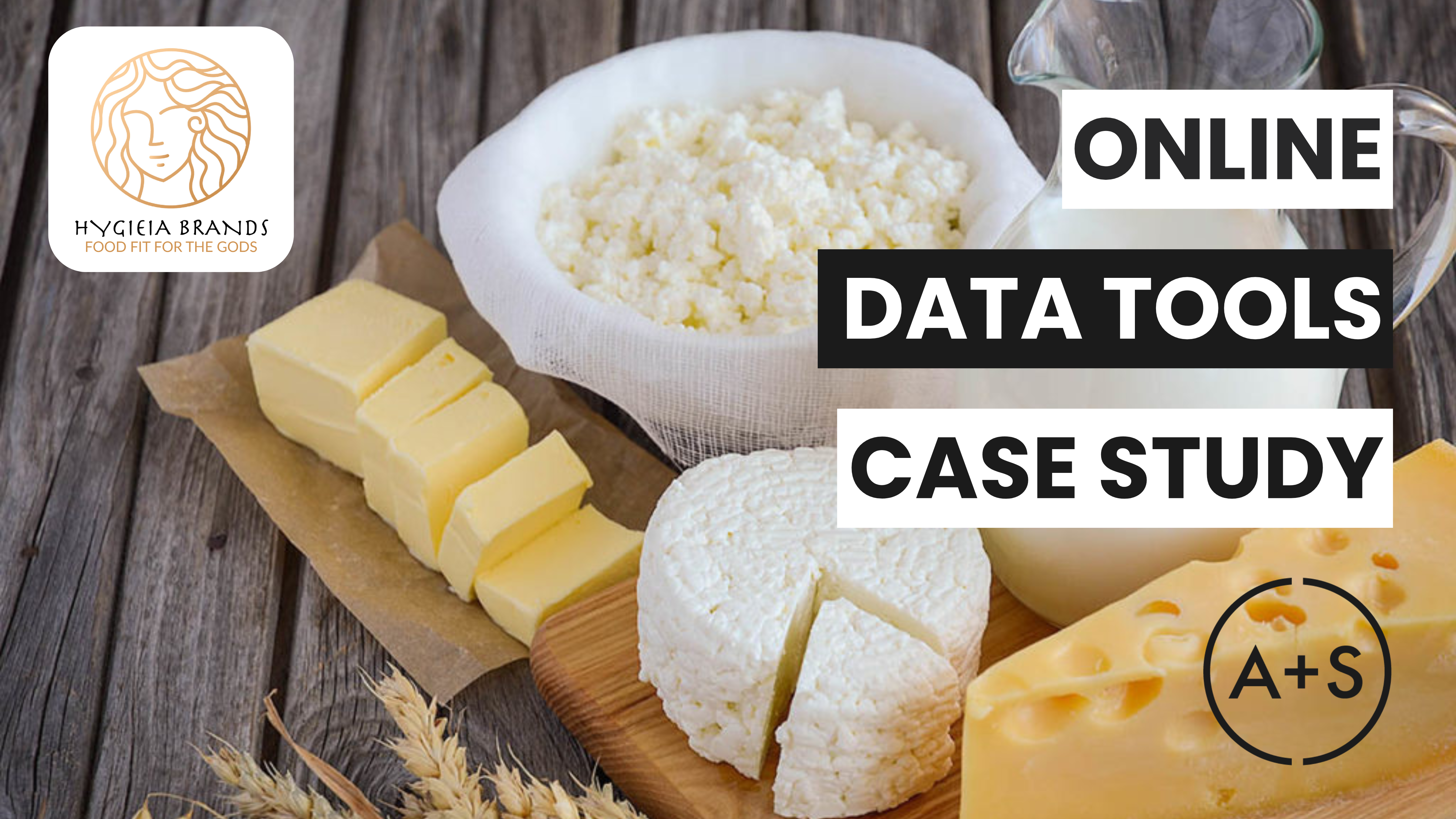Last week, we mapped out the essential digital channels that form a brand’s online blueprint – from your website as a flagship to the dynamic dance of social media, search, and content. We also touched on how data helps measure the effectiveness of this digital ecosystem. This week we’re diving into what truly breathes life into that structure: powerful brand storytelling and how it fosters deeper, more meaningful online engagement.
If last week was about building the stage (your digital presence), this week is about crafting the compelling performance that captivates your audience – the story. Because in a world overflowing with digital noise, a memorable story isn’t just a “nice to have.” It’s how brands like Spotify, Dove, DEFY, and others make a genuine connection and cut through the clutter.
The Enduring Power of a Good Story (Especially Online)
Why do stories stick? Because human beings are wired for them. Narratives help us make sense of the world, build emotional connections, and remember information far more effectively than simple facts alone. In the context of branding, storytelling is the art of conveying a brand’s identity, its core values, and its promise in a way that resonates deeply.
Think about Patagonia. They sell outdoor gear, but their enduring story is one of environmental activism and conscious consumption, famously demonstrated in campaigns like “Don’t Buy This Jacket.” Narratives build a tribe, not just a customer base. Data on Patagonia’s customer loyalty and engagement with their environmental initiatives clearly reflect this powerful bond.
The Building Blocks: Crafting Narratives That Resonate
A compelling brand story isn’t spun from thin air. It’s built on a few foundational elements, and data can play a subtle role in shaping each:
- Deep Audience Understanding: Last week we talked about knowing where your audience is. Storytelling demands knowing who they are. Spotify Wrapped is a brilliant example; they use individual user data to tell a personalized story back to the user, creating massive shareability because it deeply resonates with each person’s unique experience.
- Authenticity is Paramount: Your brand story must genuinely reflect your organization’s values and actions. Oatly, the oat drink company, uses a quirky, self-aware, and often transparent tone in their ads and packaging that acknowledges imperfections, which builds trust.
- Emotional Connection: Powerful stories tap into emotions. Dove’s “Real Beauty” campaigns (though originating some years ago, their impact continues) forged a powerful emotional connection by challenging traditional beauty standards and celebrating real women. This wasn’t just about selling soap; it was about starting a global conversation.
- A Tapestry of Stories: While a core narrative is key, showcasing diverse perspectives adds richness. Airbnb exemplifies this by evolving its foundational “Belong Anywhere” theme, launched way back in 2014. They continually refresh this ethos, weaving in new threads by spotlighting unique host contributions via “Made Possible by Hosts,” or diverse travel experiences through curated “Categories” and imaginative “Icons,” ensuring their brand world remains multifaceted and current.
- Consistency Across Your Ecosystem: Your narrative must be clear and consistent across all those digital touchpoints. Think of DEFY Bags (defybags.com); their ‘IF NOT NOW, WHEN?’ ethos of authentic, uncompromising, American-made craftsmanship is consistently reflected from their website’s ruggedly beautiful visuals and product stories to their stunningly gorgeous social content. This coherence builds trust and makes their brand instantly recognizable.
Storytelling in the Digital Age: From Monologue to Dynamic Dialogue
Last week, we established that brands are no longer the sole authors of their narrative. The digital landscape has amplified this, turning brand storytelling into a conversation.
- Social Media as a Story Amplifier — and Co-creator: Consider Ryanair’s TikTok account. Their persona, often featuring a comically expressive airplane character reacting to travel tropes, jumps on viral trends and engages directly (and humorously?) with user comments. It feels less like a rigid marketing plan and more like a dynamic conversation shaped by platform culture.
- Content Marketing — Telling by Showing Value: Canva does this effectively by providing countless design tutorials, templates, and tips, positioning themselves as an enabler of creativity. Their story isn’t “use our tool” but “we empower you to design anything.”
- Online Communities — Where Shared Stories Build Loyalty: Tableau Public exemplifies this for our audience. Analysts publish interactive “data stories” (visualizations), creating a vibrant gallery that fosters learning, showcases skill, and builds deep community on the platform.
The Analyst’s Compass: Guiding Storytelling with Insight
So, where does the data analyst fit into this world of narrative and emotion? Your role is crucial in transforming storytelling from pure intuition into a strategic, measurable endeavor.
Here’s how your analytical skills become a storyteller’s best friend:
- Identifying Resonant Themes: By analyzing engagement on posts about Rivian’s adventure-focused electric vehicles versus posts about their sustainability features, analysts can help pinpoint which narrative angles most excite their target audience.
- Measuring Story Impact on Brand Perception: After a major storytelling campaign, like Microsoft’s focus on AI for accessibility, tracking shifts in brand sentiment, particularly around keywords like “innovation” or “inclusive,” can quantify impact.
- Optimizing Across Channels: Which types of stories perform best where? Perhaps GoPro’s user-generated, action-packed clips excel on YouTube and Instagram Reels, while longer-form tutorials or athlete interviews perform better on their website. Data provides the answers.
- Attribution: Connecting Stories to Outcomes: Analyzing how engagement with specific story-driven content on a travel blog featuring unique destinations translates into clicks on booking links or inquiries.
- Spotting Narrative Dissonance: If a fast-food chain launches a major ad campaign around fresh, healthy ingredients, but social listening and review sites are flooded with complaints about quality (a hypothetical example, but a common challenge), analysts are key to flagging this damaging gap.
What to Watch For: Data Clues to Story Strength
- Inconsistent Messaging: If your brand sounds like a serious financial advisor on LinkedIn, a playful pal on TikTok, and a corporate drone in email, without a clear through-line, it creates confusion. (Data: Track message recall or brand attribute association across channel-specific surveys.)
- Low Engagement with Story-Driven Content: Your beautifully produced customer success story video gets minimal views and shares. Is it the platform, the promotion, or does the story itself not resonate with the intended audience? (Data: Compare engagement benchmarks, analyze audience comments for clues.)
- Narrative vs. Reality Gap: A tech company tells a story of “unparalleled customer support,” but your internal data shows high churn rates linked to support dissatisfaction and long wait times. This isn’t just a customer service issue; it’s a brand story crisis that data clearly illuminates. (Data: Cross-reference internal support metrics like Customer Satisfaction Scores [CSAT], average wait/resolution times, and support-driven churn reasons with public sentiment from online reviews and social media listening to quantify the gap.)
The Takeaway: Weaving Data and Narrative Together
In our previous discussion, we laid the digital foundation. Today, we’ve seen how compelling storytelling, rich with authentic examples, builds upon that foundation to create genuine connection. In this digital era, a strong brand emerges from the synergy of a well-defined online presence and authentic, engaging narratives.
Your role as an analyst is to be the connective tissue, providing the insights that ensure these stories are not just told but are also heard, felt, and drive meaningful results.
Food for thought: As your brand shares its stories, how is data being used to understand their true impact and refine the message for even greater connection?
Brand connections and equity built through compelling storytelling naturally pave the way for growth. Building on this, next week we’ll explore a key strategy that leverages this strength: Brand Extensions. We’ll dive into the intricacies of introducing new products or services under an established and trusted brand name, examining the rationale behind these moves, the inherent risks, the various types of extensions, and the crucial evaluation process. Understanding these principles is vital for analysts as they assess market opportunities and contribute to strategic decision-making for growth.
Until next week, Keep Analyzing!




